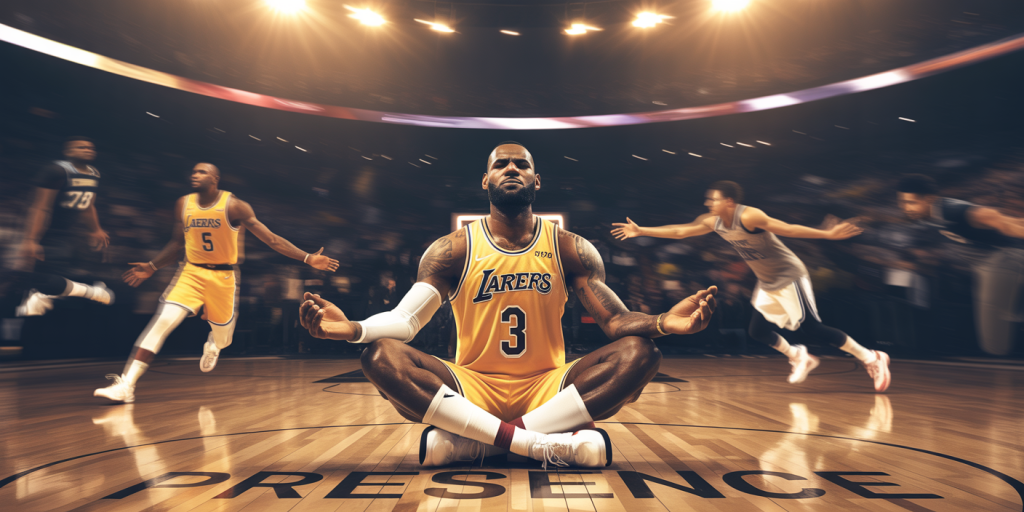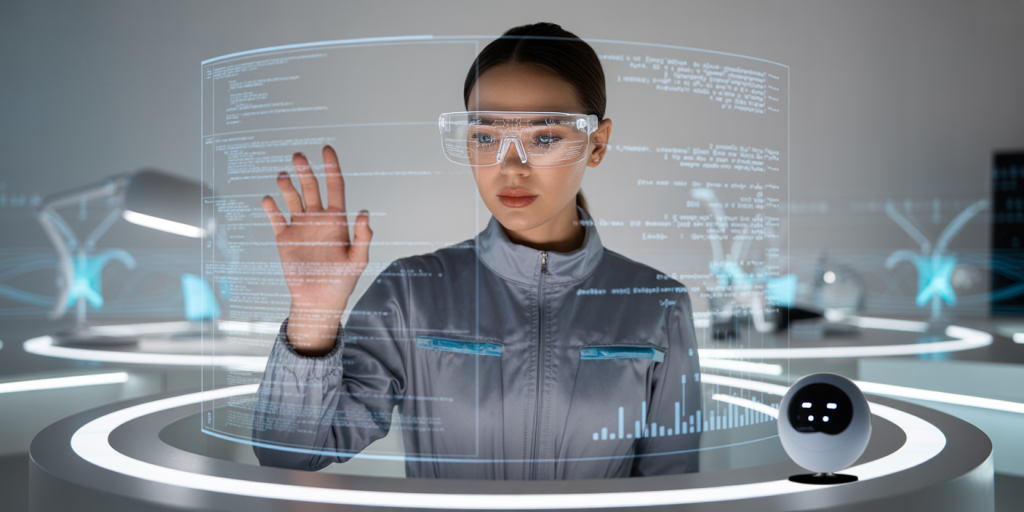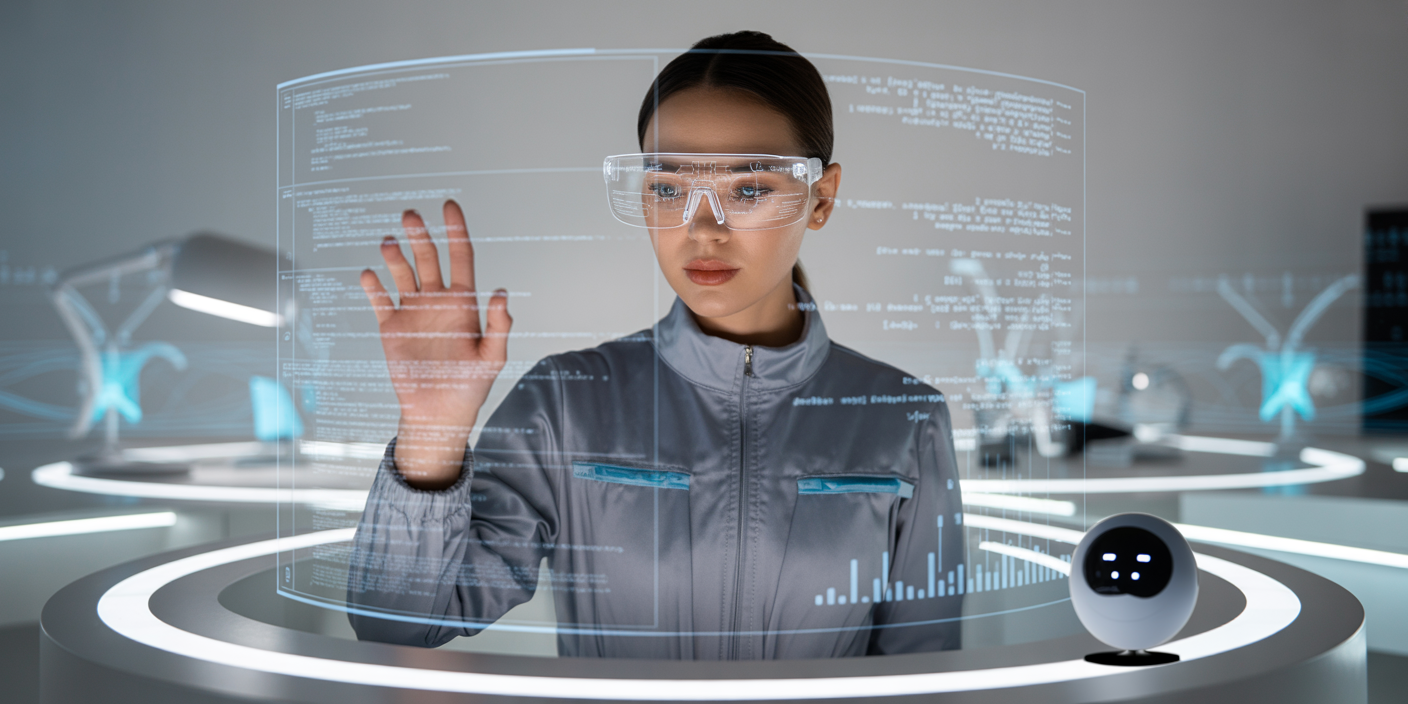The Art of Reflection in Real Time: How to Learn While You’re Still in the Moment
In an era where speed and efficiency dominate, taking time to pause and reflect is increasingly viewed as a luxury rather than a necessity. Yet, the ability to reflect in real time — that is, to process experiences as they happen — can significantly enhance learning and personal growth. This skill enables individuals to adapt rapidly, retain information more effectively, and make better decisions on the fly. From professionals in high-stakes environments to students juggling multitasking demands, the art of immediate reflection is transforming how we absorb knowledge in everyday life.
Real-time reflection is distinct from traditional reflection, which often occurs after an event has concluded. It involves a mindful, conscious engagement with thoughts and feelings while actively participating in an experience. According to research published in the *Journal of Applied Psychology* (2019), individuals who engage in real-time reflection during complex tasks demonstrate a 23% higher retention rate and increased problem-solving abilities compared to those who wait to analyze after completion. This article explores practical strategies, real-world applications, and the neuroscience behind learning as you go, highlighting why this timely reflective practice is critical in the modern knowledge economy.

What Does Real-Time Reflection Really Mean?
Real-time reflection, sometimes called immediate or in-the-moment reflection, can be defined as the process of actively analyzing and making sense of an experience while it is unfolding. Unlike retrospective reflection, which occurs after the fact, real-time reflection requires a degree of mindfulness and metacognitive awareness—essentially thinking about your thinking as events transpire.
For example, consider a sales representative pitching a client. Real-time reflection allows the salesperson to gauge the client’s reactions, adjust the approach instantly, and internalize what’s working or not. This fluid adjustment based on feedback can boost performance and learning exponentially. Real-time reflection is not simply about pausing but about maintaining a continuous interplay between action and thought, making learning an ongoing, dynamic process.
A 2021 survey by the American Psychological Association found that 67% of professionals who practiced real-time reflection reported enhanced creativity and problem-solving during work tasks. This truly showcases the power of “thinking on your feet” as more than a cliché.
Techniques to Cultivate Real-Time Reflection
Building a habit of reflecting in the moment requires practicing specific techniques that promote awareness and cognitive flexibility. Mindfulness meditation is one foundational practice that trains individuals to observe their thoughts and feelings without judgment, facilitating better real-time reflection.
For instance, athletes like NBA legend LeBron James engage in mindfulness exercises to stay present and self-aware during games. This mental state allows them to assess plays, anticipate opponents, and regulate emotions in real time. Incorporating brief mental pauses during activities, such as taking a few deep breaths before responding in a meeting, is another practical method to enhance real-time reflection.
Another technique is the use of “mental check-ins,” where individuals ask themselves key reflective questions during tasks. Examples include: “What am I learning right now?” and “How does this align with my goals?” Technology also supports this with apps like Reflectly and Muse that prompt users to engage in quick reflective journaling or biofeedback exercises while on the go.
| Technique | Description | Practical Example | Benefits |
|---|---|---|---|
| Mindfulness Meditation | Training present-moment awareness | LeBron James’ pre-game mindfulness | Increases focus and emotional regulation |
| Mental Check-ins | Asking reflective questions during tasks | Manager pauses before pitching ideas | Enhances adaptability and insight |
| Reflective Journaling | Quick written reflections prompted by apps | Using Reflectly app during commute | Reinforces learning and memory |

Real-Time Reflection in Professional Settings
In professional contexts, the ability to reflect immediately is crucial for continuous improvement and decision-making under pressure. A prime example is the field of emergency medicine. Paramedics and ER doctors must analyze symptoms, treatment effectiveness, and patient responses in real time to optimize outcomes. Delayed reflection could cost precious seconds and lives.
Studies published in *The Annals of Emergency Medicine* (2020) highlight that practitioners who developed habitual real-time reflection reduced diagnostic errors by 15%, suggesting that continual cognitive evaluation supports better clinical judgment.
Similarly, agile project teams use rapid retrospectives embedded within workflows, encouraging members to reflect on progress and pivot strategies promptly. This dynamic reflection enhances team learning and productivity. In contrast to traditional project management, where evaluation happens only at milestones, agile methods integrate learning continuously. This nimble approach is increasingly valuable in fast-changing markets, allowing companies to improve innovations and customer responses swiftly.
Learning in Education: From Passive to Active Engagement
The concept of real-time reflection is revolutionizing modern education by shifting learners from passive reception to active engagement. Digital tools like interactive quizzes, live polls, and instant feedback platforms empower students to reflect on their understanding during the learning process, not just afterward.
Research from *Educational Psychologist* (2022) emphasizes that classrooms incorporating real-time reflection techniques saw a 30% increase in student performance and retention compared to traditional settings. For example, teachers facilitating “think-aloud” sessions, where students verbalize their thought processes during problem-solving, cultivate metacognitive skills that help learners monitor and adjust their strategies effectively.
Real-time reflection also helps students manage cognitive overload by breaking large tasks into smaller, reflective steps. For instance, language learners using apps such as Duolingo are encouraged to assess their strengths and weaknesses continually during exercises, reinforcing learning pathways immediately.
Comparing traditional and real-time reflection approaches in education:
| Aspect | Traditional Reflection | Real-Time Reflection |
|---|---|---|
| Timing | After task completion | During task performance |
| Engagement level | Passive recall or summary | Active monitoring and adjustment |
| Feedback | Delayed and often generic | Immediate, specific, and personalized |
| Learning Effectiveness | Moderate with risk of forgetting | Higher through continuous reinforcement |
The Neuroscience Behind In-the-Moment Reflection
Understanding the science behind real-time reflection reveals why this practice enhances learning so effectively. Neuroscientific studies show that working memory, which holds information temporarily, is directly involved in processing and reflecting on experiences as they happen.
The prefrontal cortex, which governs executive functions like problem-solving and self-regulation, activates during real-time reflection, aiding in managing attentional resources and emotional responses. Continuous reflective thinking strengthens neural pathways, enhancing cognitive flexibility and the ability to shift perspectives.
A 2018 study published in *NeuroImage* used fMRI scans to observe participants performing reflection tasks during complex problem solving. Findings indicated increased connectivity between the prefrontal cortex and the hippocampus—crucial for memory encoding—suggesting that real-time reflection fosters deeper learning by integrating new information as it is encountered.
Real-Time Reflection and Technology: An Evolving Relationship
Technology has become both a catalyst and an enabler for real-time reflection. From wearable sensors that monitor physiological states to AI-driven learning platforms, digital tools offer tailored insights that prompt users to reflect throughout activities.
For example, productivity apps like Notion and OneNote now integrate voice memos and on-the-spot note-taking features, allowing professionals to capture reflections without interrupting their workflow. Cognitive assistants such as Microsoft’s Cortana or Apple’s Siri can remind users to pause and assess progress during tasks.
Moreover, virtual reality (VR) environments enable immersive, reflective learning experiences. Trainees in complex skills such as flight simulation or surgical procedures can receive immediate feedback and adjust their approaches in a lifelike setting. This blend of immersive engagement and real-time reflection accelerates skill acquisition and reduces errors dramatically.
A comparative look at traditional versus technology-enhanced reflection:
| Reflection Mode | Characteristics | Examples | Advantages |
|---|---|---|---|
| Traditional | Manual notes, post-event review | Reflective journals, meetings | Deep but delayed insights |
| Technology-Enhanced | Immediate prompts, real-time data inputs | VR simulations, AI reminders | Fast, actionable, personalized |
Future Perspectives: Where is Real-Time Reflection Heading?
As workplaces, education, and daily life become increasingly digitized and fast-paced, the art of real-time reflection will evolve alongside new tools and methodologies. Emerging technologies such as artificial intelligence and brain-computer interfaces (BCIs) hold promise in making reflective processes more intuitive and seamless.
Imagine a future where wearable devices analyze stress levels, cognitive load, and attention patterns to provide immediate cues guiding reflective pauses or adjustments in behavior. Smart environments could foster collective, real-time reflection among teams, using augmented reality (AR) to visualize shared data and insights dynamically.
Additionally, the increasing emphasis on emotional intelligence in leadership and teamwork will drive integration of reflection techniques that support not only cognitive processing but also empathy and social awareness during interactions.
Education systems are likely to further integrate real-time reflection into hybrid learning models, blending online adaptive tools with traditional classrooms, ensuring that learners develop metacognitive skills essential for a rapidly changing world.
In corporate sectors, real-time reflection may become a core competency tied to continuous professional development programs, with personalized learning paths adjusted based on in-the-moment feedback and analytics.
The art of reflecting while still immersed in an experience is no longer just an abstract ideal; it is a practical skill with measurable benefits across contexts. By cultivating mindfulness, leveraging technology, and understanding underlying neuroscience, individuals and organizations can harness real-time reflection as a powerful tool for accelerated learning and growth. Embracing this dynamic practice promises not only better performance today but also a smarter, more adaptable future.

